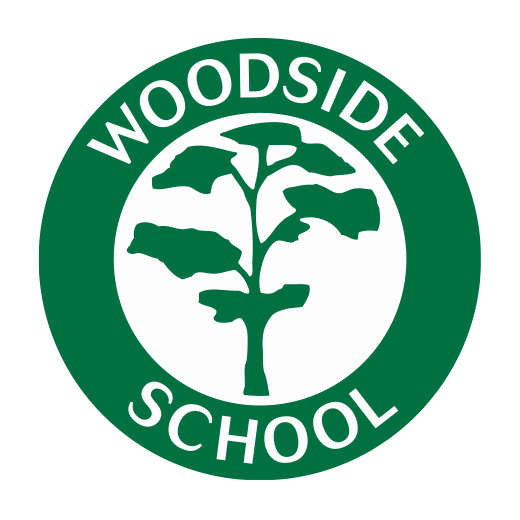Design and Technology
Intent
Design and Technology education involves two important elements - learning about the designed and made world and how things work, and learning to design and make functional products for particular purposes and users.
Our curriculum ensures that pupils acquire and apply knowledge and understanding of materials and components, mechanisms and control systems, structures, existing products, quality, health and safety, cooking and nutrition.
Our curriculum has been mapped out to ensure that there is progression and depth in the knowledge and skills from lower key stage 2 to upper key stage 2, with pupils having the opportunity to complete units of work in food and nutrition, structures, mechanical systems, electronic systems and textiles in both the lower and upper key stages.
The skills learned in Design and Technology also help with learning across the curriculum. Knowledge about the properties of materials, for example, helps in science and the practice of measuring accurately helps in maths. Units of study are also cross-curricular where possible, for example pupils build pyramid structures linked to Ancient Egypt and complete a ‘Make Do and Mend’ project in year 6 as a part of their study of World War 2.
Our pupils design their products with a purpose in mind and an intended user. Food technology is implemented across the school with children developing an understanding of where food comes from, the importance of a varied and healthy diet and how to prepare this.
There are core activities that our children engage with in Design and Technology:
- Activities which involve researching, investigating and evaluating existing products
- Focused tasks in which children develop particular aspects of knowledge and skills
- Designing and making activities in which children design and make 'something' for 'somebody' for 'some purpose' followed by an evaluation.
These activities are combined in sequence to create each of our Design and Technology units of study.
The aims of our Design and Technology curriculum are:
- To provide all children with a broad and balanced, enriching curriculum where they can show progression in the development of skills which they can transfer to life beyond primary school.
- To ensure planning is ambitious for all and provides progression of skills across the key stage.
- To encourage children’s creativity and innovation to design projects that answer real life problems considering the needs and wants of others and their own.
- To enjoy an active involvement in DT and celebrate completed DT projects.
- To have opportunities to learn about architects, engineers, chefs and designers in the real world.
- To expose children to nutritional knowledge and know what a healthy, balanced meal is and how to create one.
- To have opportunities to make informed and critical judgements about their work and the work of designers, architects, engineers and chefs.
Implementation
Design Technology is taught once per term in each year group, with at least one topic each year relating to food. Teachers use the skills progression grid to map out the key skills to be taught in each unit, ensuring they make links back to prior learning both at the beginning of new units and within a unit of lessons. Our teachers have good subject knowledge and deliver well-prepared lessons clearly and effectively, identifying misconceptions and addressing them. Our pupils have access to good resources and materials which supports children’s ability to be creative and innovative in their approach to their DT projects.
More able pupils are challenged to transfer their technical knowledge from previous units of work and to apply skills from the familiar to new problems. They are encouraged to extend their innovative ideas through modification and problem-solving. Children with SEND needs are supported through adult assistance and the adaptation of work which meet their individual needs. DT is celebrated by work being given display space in classrooms and around the school. Evidence of a learning journey in DT books demonstrates our ‘research, design, make and evaluate model’: Through this process, the aim is to develop pupils’ technical knowledge and vocabulary in relation to structural design, mechanical and electrical systems, textiles and food production and nutrition.
Lessons also include studies of historical or modern architects/innovators/ designers/ chefs, promoting an understanding of how DT skills will transfer to future opportunities beyond primary school.
Impact
- Children enjoy working creatively to solve a problem.
- Children develop a skill set that is transferable to future work and school life (organisation, time keeping, prioritising, team-work, problem solving).
- Children will make good or better progress if they are keeping up with our planned curriculum designed to show progression of skills.
- Children create quality products by combining their design and making skills with knowledge and understanding.
- Children like making decisions for themselves and doing practical work. They love creating products they can see, touch- and even taste- for themselves. They feel proud to have done so.
- Design and Technology brings learning to life. It is a motivating context for discovering literacy, mathematics, science, art, PSHE and computing. Design and Technology also provides a firm basis for later learning in the subject.
- Children are encouraged to be creative and innovative and are actively encouraged to think about important issues such as sustainability and enterprise.
The Knowledge Organisers that we use for the children can be found on the Year Group Pages.

